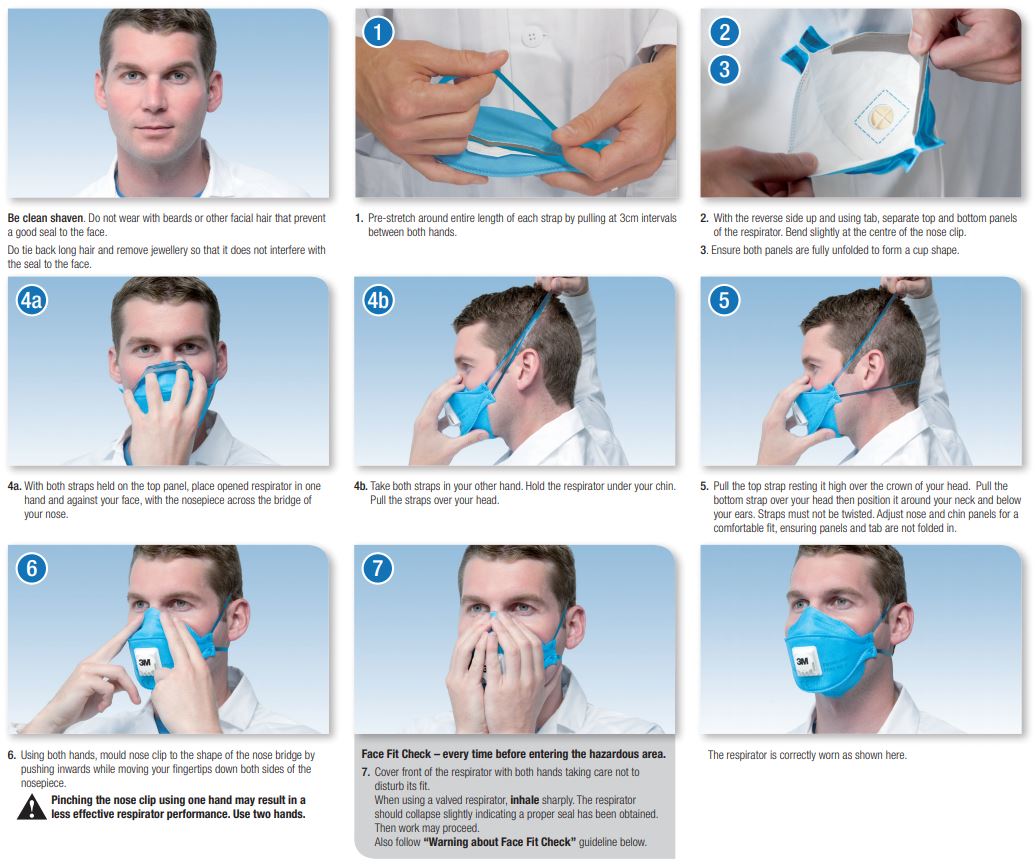What is bushfire smoke and how does it affect my health?
Bushfire smoke is a mixture of different sized particles, water vapour and gases. The smallest particles and can be just 1/30th the daimeter of a average human hair. The larger particles, which are visible to the eye, can create a visible haze and irritate the nose and throat, but are generally too large to breathe deeply. Finer, miscroscopic particles and gases are small enough to breathe deep into the lungs and can cause adverse health effects. How smoke affects you depends on your age, pre-existing medical conditions such as asthma or heart disease, and the length of time your are exposed to the smoke.
Signs of smoke irritation include itchy eyes, sore throat, runny nose and coughing. For healthy adults exposed to smoke for short periods of time, these symptoms should clear up once the smoke has cleared. For those more sensitive to the effects of breathing in fine particles including children, the elderly and people with pre-existing illnesses including heart and lung conditions, the symptoms may worsen to include wheezing, chest tightness and difficulty breathing. Smoke particles can also aggravate existing lung conditions such as chronic bronchitis, emphysems and asthma.
The best way to reduce exposure to smoke is to stay inside with the doors and windows shut. Air-conditioning can also help to filter particles from indoor air. Avoiding exercise outdoors, especially if you have a pre-existing condition is also recommended. If you must be outside, a P2 rated respirator is the only mask recommended to filter out the particles brought about by the bushfire smoke.
Air filtering respirators for bushfire smoke
For protection from inhaling particles, the use of a P2 rated respirator for thermally generated particles is recommended. By capturing the smoke particles and some of the off-gases, irritation from smoke inhalation can be significantly reduced. Respirators which feature an exhalation valve helps to prevent heat build-up and allow the warm, moisture-laden breath escape quickly from inside the mask.
Comfortable and lightweight, these respirators are easy to use and maintain. Elastic head straps, adjustable nose clip and soft nose pieces can help for comfortable and effective fitting. These respirators are commonly seen on building sites and in workshops due to their suitability for protection against particulates like dust from sanding, drill, grinding and smoke and fumes from welding.
Getting the right fit for your respirator
Disposable respirators are most effective when there is an airtight seal between the edges of the respirator and your face. The instant this seal is broken, protection is compromised as contaminated air can leak in through any gaps. This also means there is a requirement to be clean shaven to obtain a good facial seal.
Follow these fitting instructions on how to get an effective seal on common disposable respirators including the 3M Aura 9322 P2 Respirator and the Prosafe P2 Disposable Respirator.

You can also refer to this video learn how to put on a disposable face mask:
Warning about face fit check
- If air leaks around the nose, re-adjust the nose clip to eliminate leakage by repeating step 6. Repeat Face Fit Check.
- If air leaks at the respirator edges, work the straps back along the sides of your head to eliminate leakage. Repeat Face Fit Check.
- If you cannot achieve a proper fit, repeat steps 4a-7.
- If you cannot achieve a proper fit, DO NOT enter the hazardous area. Consult your supervisor.
If you or anyone in your household is experiencing any other health effects from smoky conditions seek medical advice from your doctor.
Further reading: https://www.qld.gov.au/health/staying-healthy/environmental/after-a-disaster/bushfires/bushfire-smoke-and-your-health, http://multimedia.3m.com/mws/media/777827O/bushfires-3m-techupdate.pdf?fn=Bushfires%203M%20TechUpdate.pdf